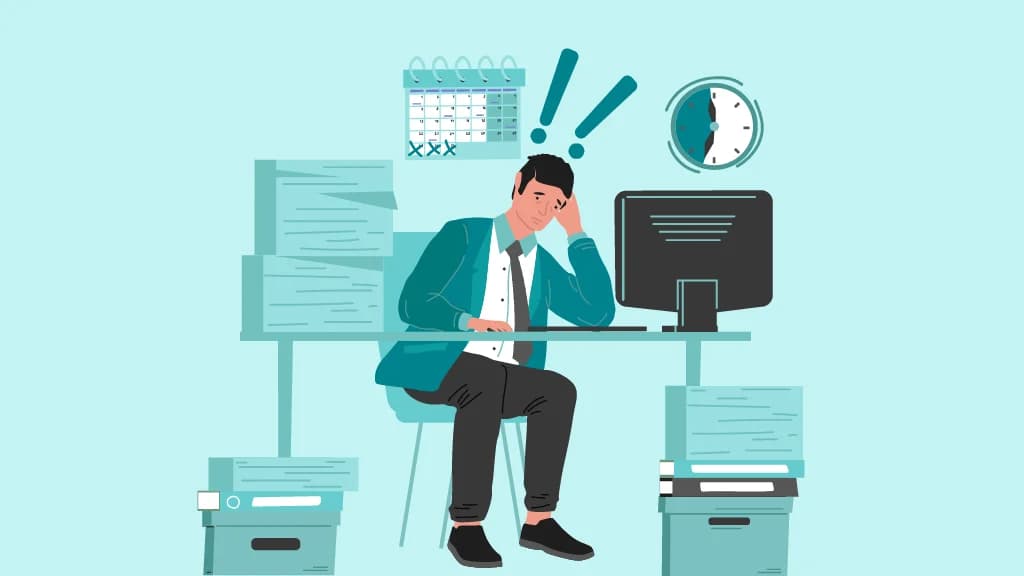6 Reasons Middle Managers Face a Burnout Crisis and What HR Can Do About It

Team AdvantageClub.ai
November 6, 2025

This growing middle manager burnout crisis reflects a deeper structural issue, the widening gap between expectations and enablement, one of the most persistent HR problems in modern workplaces. With smarter systems, human-centered design, and Manager Enablement Tools such as real-time dashboards and recognition-driven insights, HR leaders can rebuild clarity, motivation, and purpose where it’s needed most.
1. The Middle Layer Bottleneck: Accountability Without Authority
What HR can do:
- Redefine decision zones so mid-level leaders can set team priorities.
- Introduce personalized dashboards that show impact metrics in real time.
- Use engagement competency tracking to balance accountability with empowerment.
Empowering this layer not only resolves accountability gaps but also strengthens mid-level leadership engagement organization-wide. When visibility meets autonomy, engagement rises, not from pressure, but from ownership. This is a reminder that empowered managers directly influence the ROI of employee-experience initiatives.
2. The Communication Overload Trap
How HR can help:
- Streamline communication using real-time technology that filters noise from priority.
- Encourage meeting-free blocks to promote deep work and recovery.
- Use best-practice templates for consistent, clear communication.
3. Recognition Deficit: When Managers Go Unseen
What HR can do:
- Promote peer-to-peer recognition among managers.
- Integrate recognition moments into personalized dashboards to make achievements visible.
- Send organization-wide nudges celebrating managerial wins.
Recognition programs rooted in genuine appreciation foster trust and gratitude, both essential in sustaining engagement. Gratitude is a cultural driver in organizations that fuels belonging and performance. When managers feel appreciated, they naturally extend that acknowledgment to their teams, creating a culture of shared appreciation, a powerful foundation for manager retention strategies that last.
4. The Resource Gap Reality: Why Managers Struggle Without Support
What HR can do:
- Audit existing systems to ensure managers have access to the right digital and human resources.
- Provide real-time tools for workload tracking and cross-team coordination.
- Build enablement tools that simplify reporting, communication, and feedback.
5. The Emotional Tug of War: Balancing Empathy and Enforcement
How HR can help:
- Let emotional strain be a part of leadership well-being conversations.
- Offer wellness programs focused on boundaries, resilience, and mental recovery.
- Encourage authentic conversations about emotional load through digital check-ins and recognition-based nudges.
Offer manager well-being programs that help with holistic leadership burnout prevention, strengthen boundaries, build resilience, and promote mental recovery. Restoring empathy without overburdening it helps leaders stay grounded and emotionally intelligent.
6. The Blind Spot Effect: When Managers Lead Without Visibility
How HR can help:
- Use AI-enabled dashboards for transparent performance feedback.
- Integrate engagement competency tracking to visualize progress over time.
- Share best-performing behaviors through organization-wide guidance.
From Burnout to Balance
Middle manager burnout is not a people problem; it is a systems problem. HR leaders can reverse the trend through manager well-being programs, manager retention strategies, and leadership burnout prevention frameworks that blend clarity, recognition, and insight. AdvantageClub.ai helps organizations achieve this through manager enablement tools, personalized dashboards, and human-centric design that connects recognition, engagement, and data visibility.





